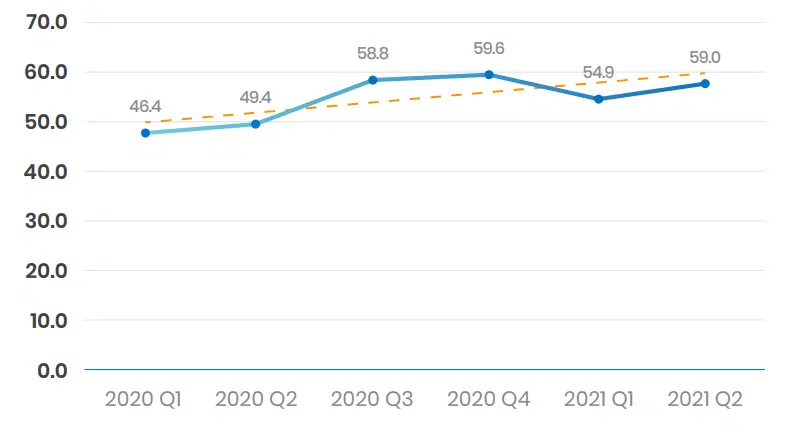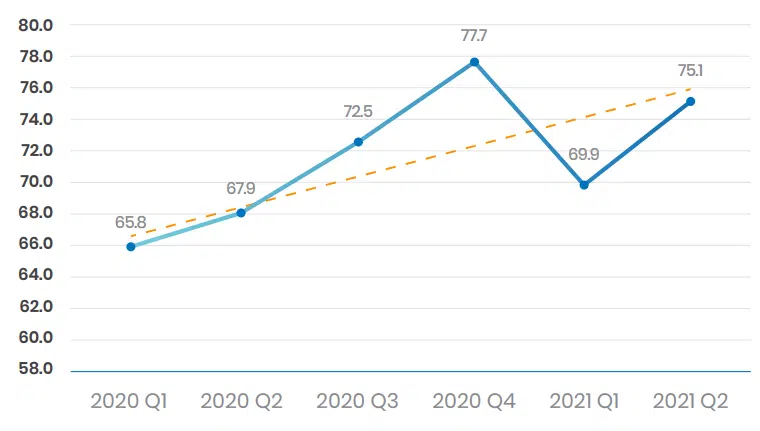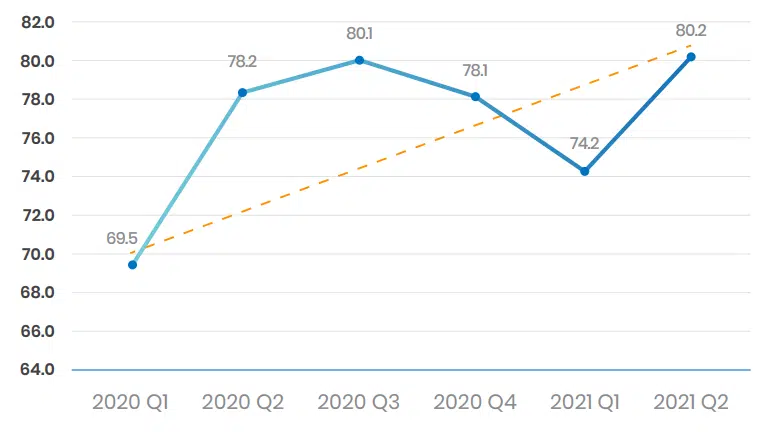Real-Time Feedback Supported Data Driven Performance Improvement at The Brooklyn Hospital Center.


The Brooklyn Hospital Center (TBHC) has been serving its diverse community in the bustling New York borough since 1845, making it the oldest hospital in the area. Anchored by the 465-bed hospital, the staff of 2,700 healthcare professionals cares for 300,000 patients annually.
Leonid Gorelik, DNP, RN, NEA-BC, CPHQ, FACHE, Vice President and Chief Quality & Experience Officer, began his career as a Medsurg Nurse and developed a passion for ensuring quality patient care. His approach is rooted in strong patient-provider relationships that keep patients, along with their families and caregivers, at the forefront throughout the care experience.
We all revolve around the patient. Our focus is on the provision of care through both the quality and experience lens of not only providing superior clinical care but also establishing a great relationship with the patient and their loved ones.
Leonid Gorelik
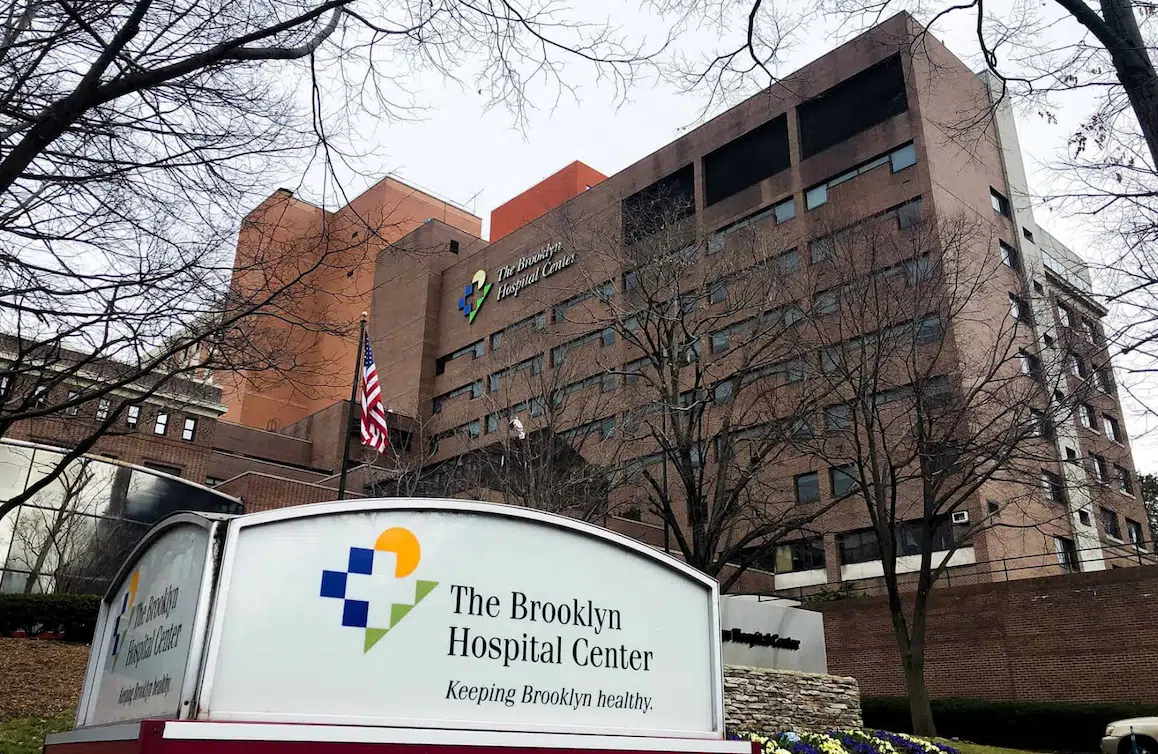
Evidence-based practices require data.
Like many other healthcare organizations, TBHC was challenged by the issue of gathering timely, actionable patient experience data. Hospital Consumer Assessment of Health Care Providers and Systems (HCAHPS) patient satisfaction survey is a standardized survey required by CMS for all hospitals in the United States.
“HCAHPS results are not received in real-time. Using a third-party vendor, it may take weeks for patients to receive and return the survey,” explained Dr. Gorelik.
Additionally, other factors that may occur post discharge could impact how the survey was completed and affect the results. For example, an unexpected bill or issues related to a follow-up appointment or refilling prescriptions could end up reflecting poorly on how patients remembered their recent inpatient experience.
Enter pCare and Real-Time Feedback
In 2018, TBHC worked with pCare to upgrade their television system to include state-of-the-art healthcare grade equipment along with the implementation of the pCare Interactive Patient Care System (IPS). “The real-time feedback system was fantastic. We could get information directly from patients, route concerns for service recovery in real-time, get the data in easy-to-understand reporting format,” said Dr. Gorelik. The fact that it was the patient entering the feedback directly into the system was an important feature of the system. A drawback to the rounding initiative was patients would sometimes hold back either because they didn’t want to get someone in trouble or because they feared care repercussion if they “complained.” With Real-Time Feedback, the survey could be framed in a manner that could maintain discretion. As practitioners of Lean, TBHC was sure to take a measured approach regarding how the Real-Time Feedback feature was rolled out. From a communication perspective, TBHC had conducted extensive training on how best to interact with patients across key touchpoints throughout their inpatient stay. However, the teams needed to know if the training was having an impact. With Real-Time Feedback in place, it became apparent quickly at the department level where training needed to be augmented and improved. This allowed focused and personalized remediation designed to ensure their diverse patients received the appropriate care and complete and timely communication.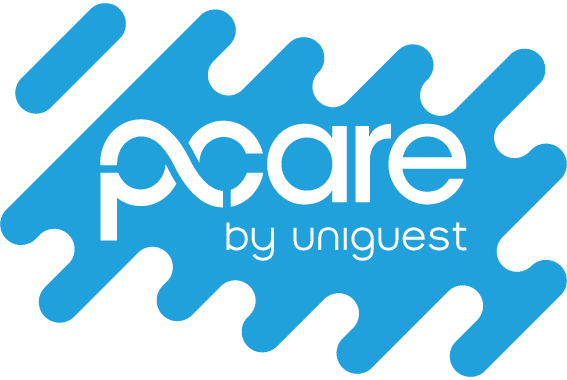

Learning Along the Way.
The Experience Team knew at the start they couldn’t overwhelm the patients and that they needed to focus on a few areas. The two primary concerns they wanted to address were:
• Are staff responding to patients’ concerns in a timely manner?
• Are staff consistently communicating effectively?
Finally, this was new technology for patients and staff and a learning curve had to be considered; training was going to be important.
TBHC implemented Lean best practices with an assist from pCare Client Success staff to help drive adoption at the facility. A Gemba walk helped the team understand how to best introduce the pillow speaker device that controls the pCare system for both patients and staff.
In the beginning it was a bit difficult to get the anticipated adoption. “We weren’t seeing the initial number of responses we thought we’d see. With help from the pCare staff – continual training with the nurses and visiting with patients – we got to the point where we were able to get a better understanding of where the opportunities for improvement lie,” said Dr. Gorelik.
It was the frontline staff that uncovered the gap in informing patients about the TV, the pCare feature set in general and Real-Time Feedback specifically. Training on the pCare System and Real-Time Feedback is now part of the TBHC nurse orientation program to help ensure usage rates remain high.
The team uncovered that without understanding the Real-Time Feedback feature, patients “engaging” with the system were often trying to make the survey questions go away so they could watch TV. Once patients understood and anticipated the survey questions, they took the time to answer them. This improved the accuracy of the data capture and reduced the number of service calls that were launched by a patient who was just pressing any button to clear the screen.
In terms of developing the feedback inquiry, the pCare team worked with TBHC staff to create targeted custom questions that aligned with the process improvement work that was occurring in the organization. This was an iterative process to ensure that meaningful information was captured from the patient’s perspective. One such question focused on the discharge process, which was reworked multiple times to make sure that it aligned with the specific information the team was looking to capture.
Our discharge question was challenging to craft because we wanted to ensure that not only did we capture the patient’s perception of our discharge education process regarding aftercare but whether or not we began to prepare the patient for discharge on admission.
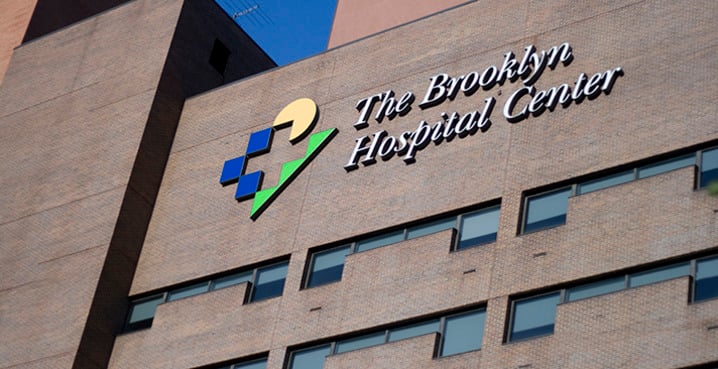
Generating Solid Results.
With training in place, feedback gathered, and questions updated to address emerging issues, the TBHC team has seen patient satisfaction scores increase despite the challenges presented during the pandemic. The key to success has been engaging the entire staff.
According to Dr. Gorelik, “when you look at Lean and other improvement methodologies, front-line staff has to be part of the improvement effort. For organizations looking to roll this out, from the beginning, they need to have a steering committee that includes front-line nurses, front-line doctors, front-line managers for creating and rolling out the communication plan.” Dr. Gorelik also encourages people to learn from others and to reach out to other organizations that have gone through the process from project initiation to implementation and evaluation. “pCare was great at tracking down that information for us,” said Dr. Gorelik.
The improvement process never stops, which is a key tenet of Lean. Dr. Gorelik reinforced that ultimately the focus has to remain on the interaction with the patient and working to maximize value during every encounter. Task loads increase but the time in the day is static. So for every new requirement, the Quality and Experience Team conducts time studies to make sure every encounter can meet the clinical task load while ensuring there is adequate time for patient questions and comprehension. Lean facilitates this by helping the team focus on what works and driving out inconsistencies in care delivery.
How has it been going? The results speak for themselves. Looking over the past six quarters, TBHC has seen double-digit increases in top box scores in critical measurement areas as they have implemented Real-Time Feedback with patients and staff.
